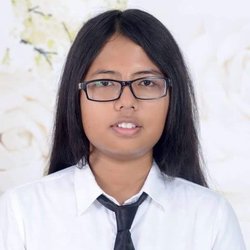
San Yay Aye
San Yay Aye is a student of the B.E. (Hons.) programme in Computer Science & Engineering.
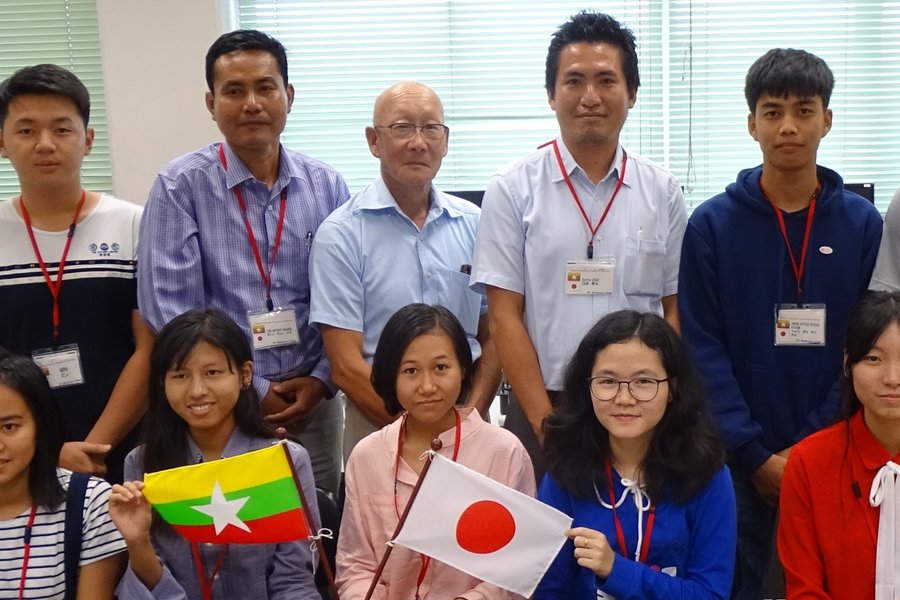
On a typical June afternoon, we were asked to meet the Pro-Rector in her office all of a sudden. One of us thought we had been chosen for a competition. Another thought she was being called to be rebuked for a mistake she had made unintentionally. On our way to office, we were fooling around and pulling one another’s leg.
No sooner did we step into the office than sayarmagyi said, “Folks, you all have been selected to go to Japan and participate in the Sakura Student Exchange Programme.” This news probably would be the most exciting news throughout our eighteen years of existence. Despite being extremely excited, our facial expressions were nevertheless as calm as ever in front of the Pro-Rector. She told us how to prepare for the event and we discussed those preparations excitedly among ourselves.
We had been chosen to be a part of Japan-Asia Youth Exchange Programme in Science. It is popularly known as the Sakura Exchange Programme in Science and administered by the Japan Science and Technology Agency. There are three types of Sakura exchange programmes. We were with the Science and Technology Experience Course. It is a major observation trip and we spent most of our time visiting junior high schools, universities and their laboratories, sightseeing, and visiting famous places and science museums.
We, along with five seniors and a leader from University of Technology – Yadanarpon Cyber City (UT-YCC) went to Japan for 10 days – from August 29 to September 8, 2017. The first experience of the high-tech nation, as soon as we landed at Narita International Airport, was wonderful. Commuting around the Tokyo was very convenient because of the different means of public transport available there. The most popular and convenient one is the Metro. They are safe, fast, and very punctual. It was amazing to know that some trains are driverless. The Director of our institute had suggested that we travel in the Bullet Train at least once. But unfortunately, we never got the opportunity to do that. Luckily, however, we had an opportunity to visit the National Museum of Emerging Science and Innovation (simply known as the Miraikan) and the MEGA WEB (the biggest Toyota showcase in town).
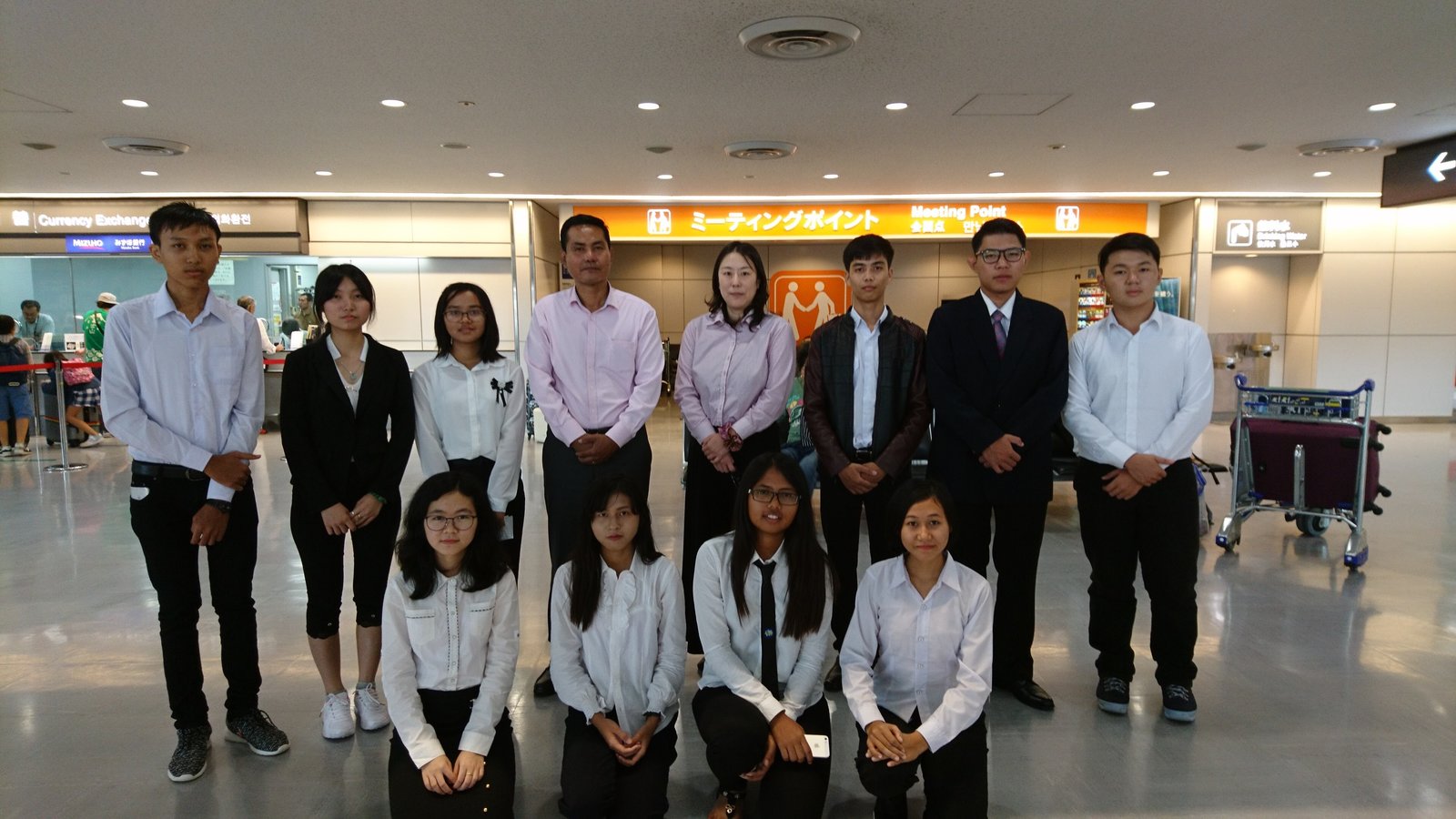
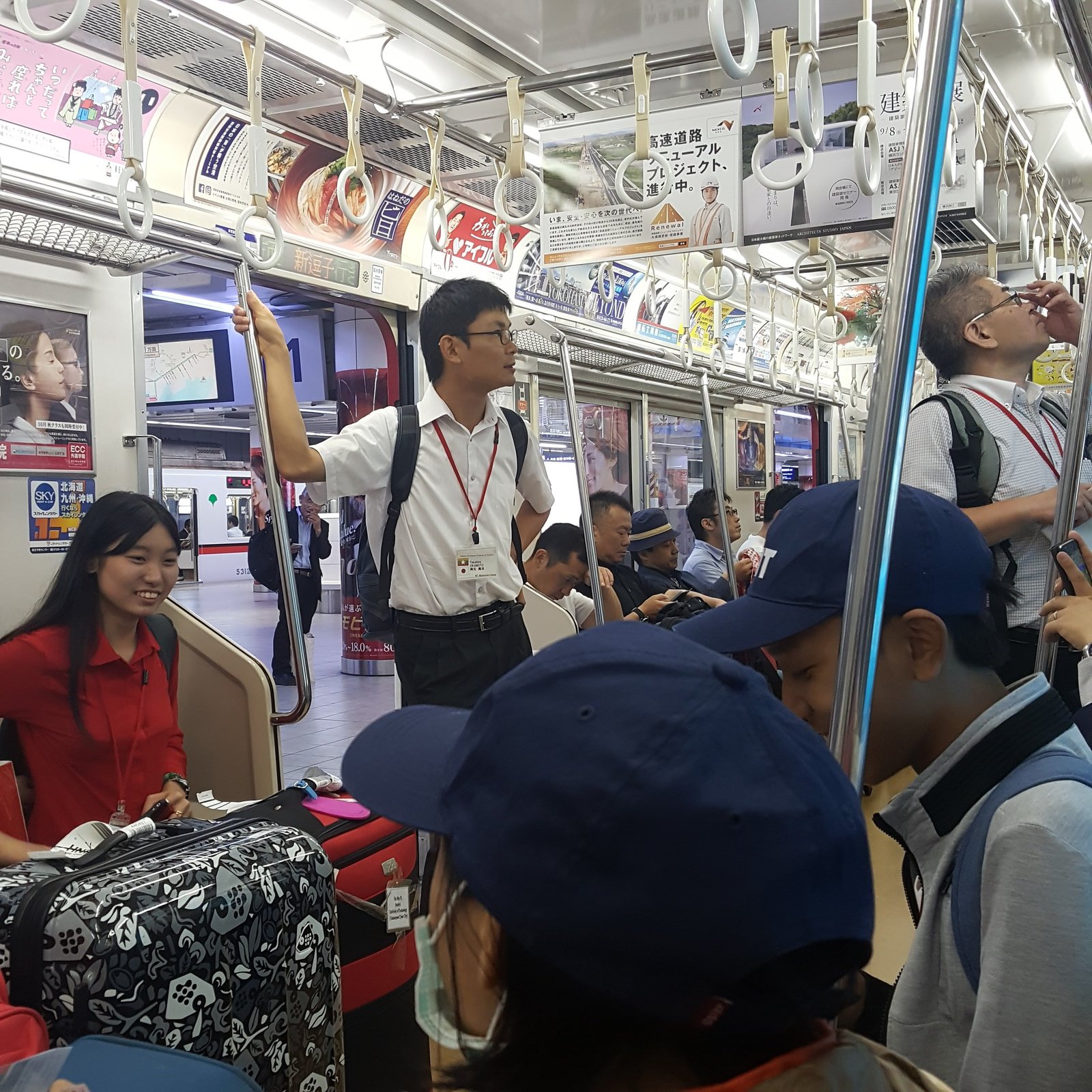
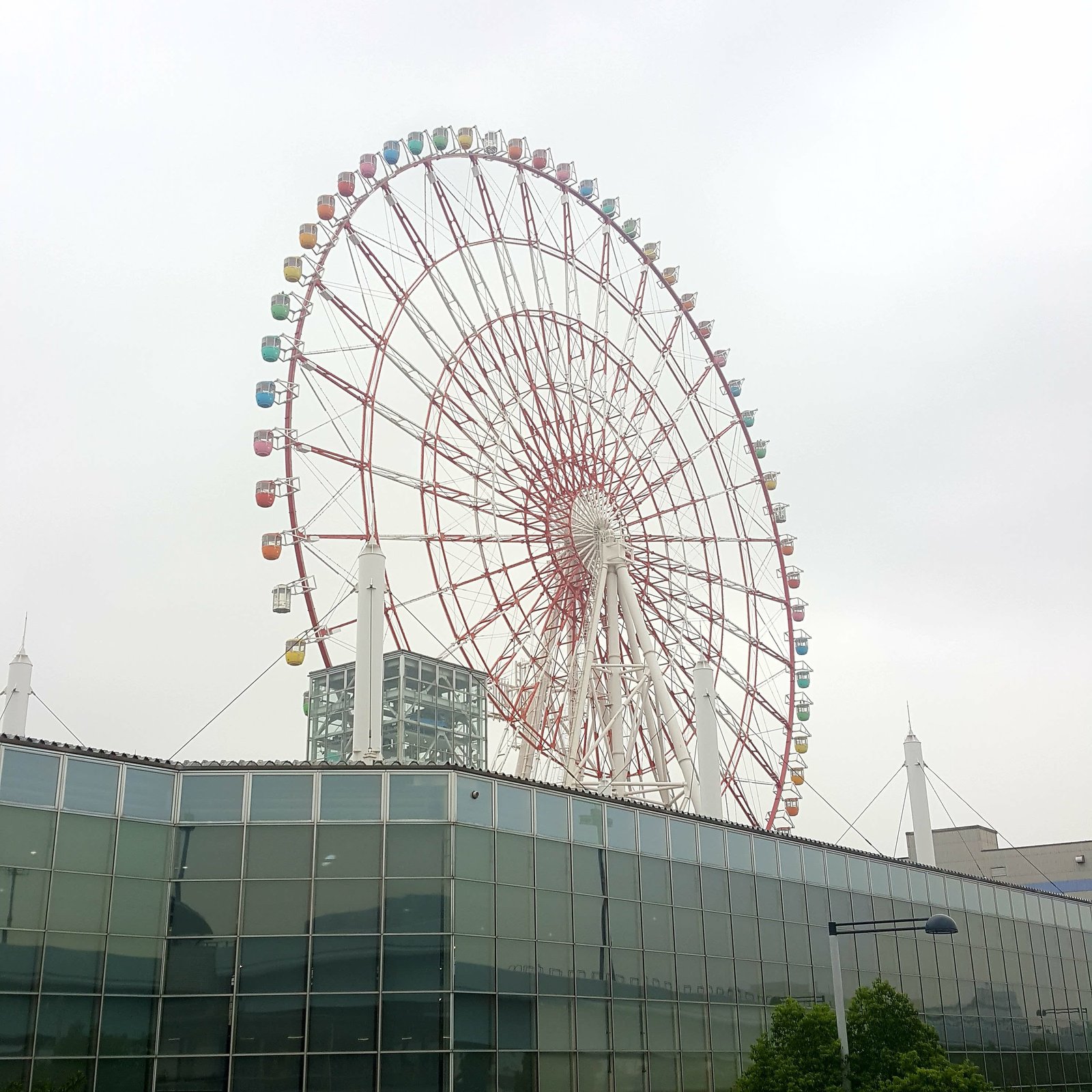
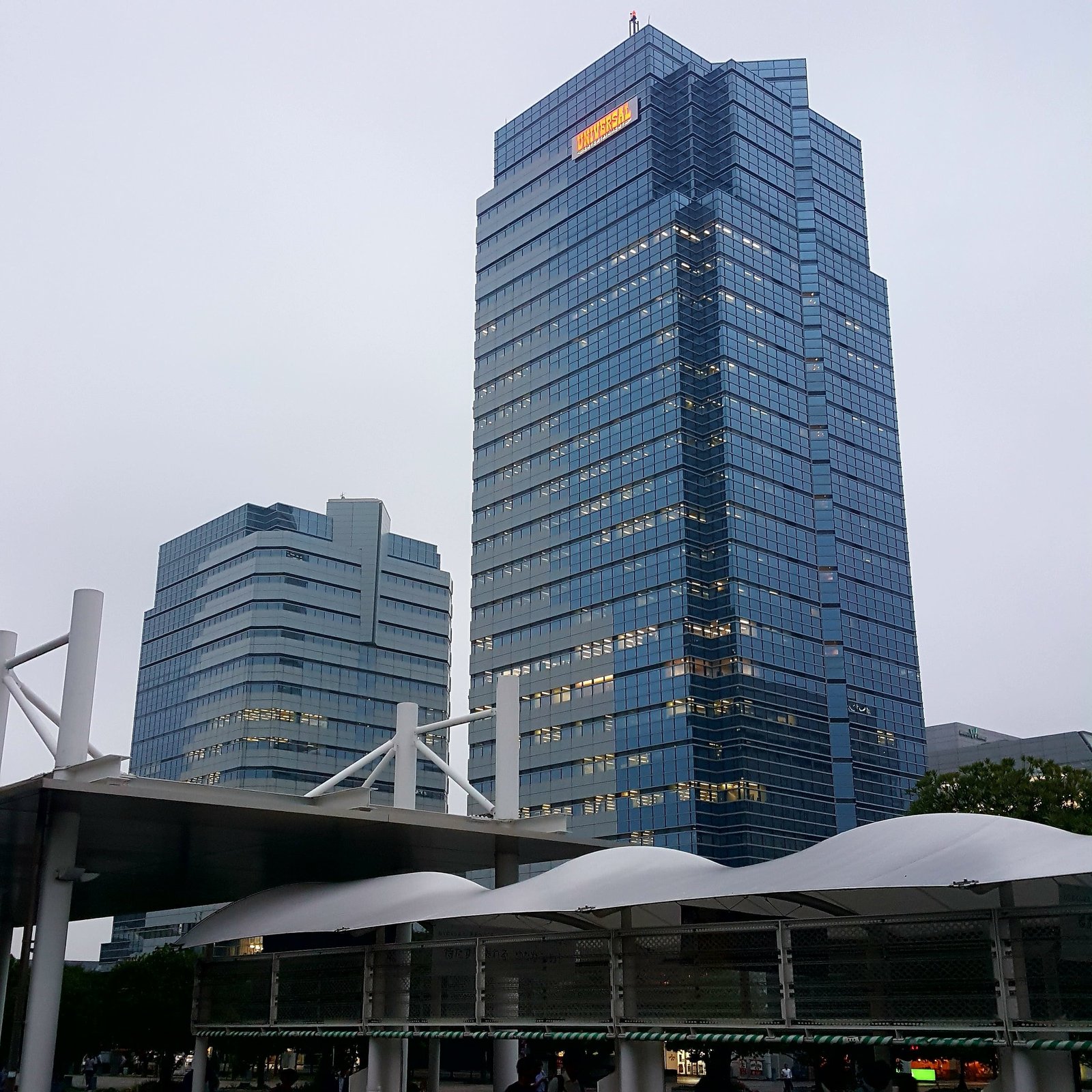
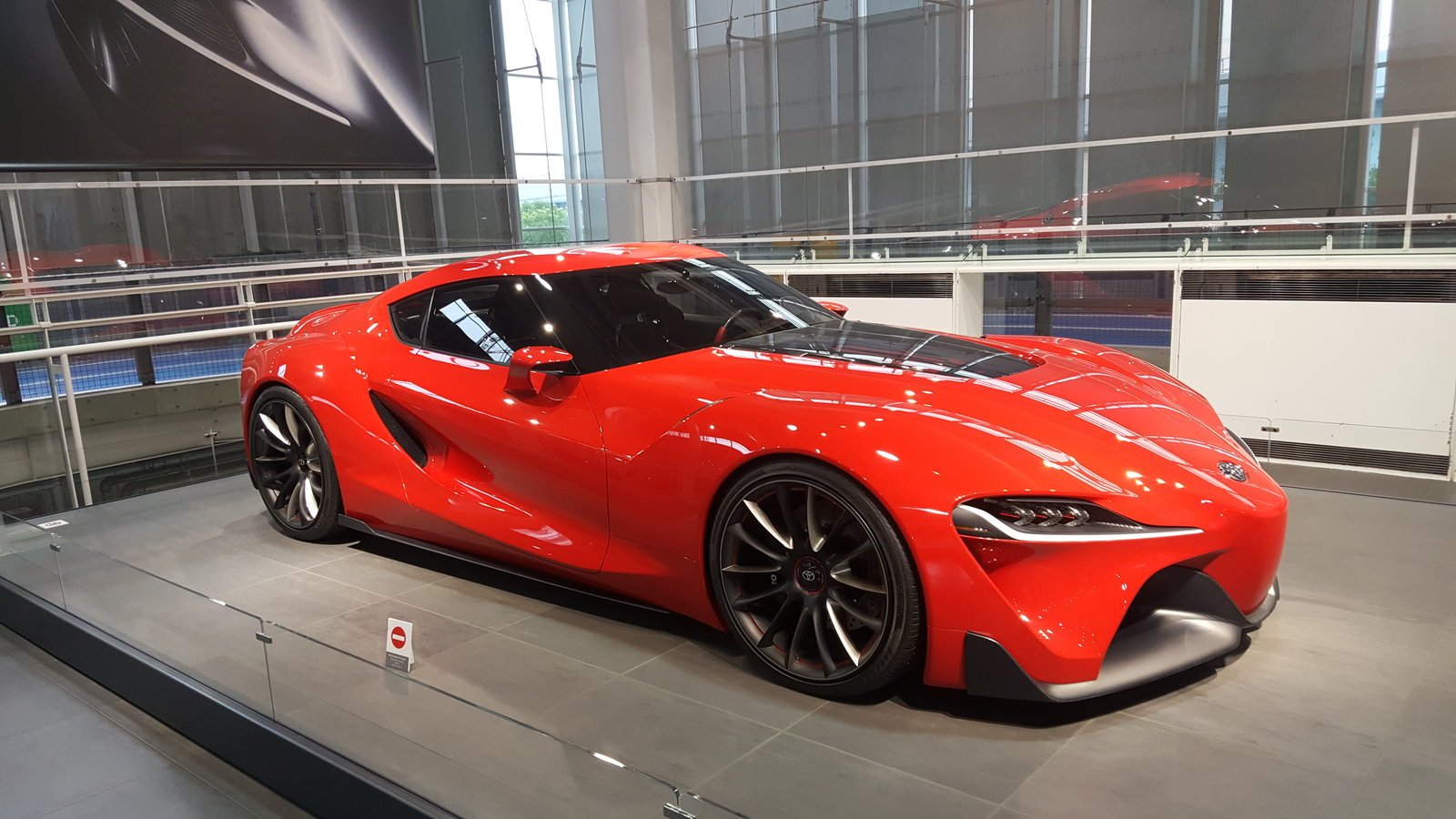
Welcome to Tokyo!
In Japan, we were wonderstruck to see the projects developed by the students and realised the kind of exposure the present generation has to technology. During the three days of our stay with the host university, developing an IoT web application with KOSEN students was the main activity under the Sakura Exchange Programme. The main idea of this project was to build a web-based IoT application using a temperature sensor and a Raspberry Pi. The app records the surrounding temperatures every hour. People can track the data and post comments among themselves regarding the weather or something they want to share or know. This application was built with web technologies like HTML, JavaScript, PHP, MySQL etc. As far as we were concerned, at that moment, we only knew the basics of HTML and CSS. So, we struggled while implementing the project. That is when we realised the importance of staying up to date.
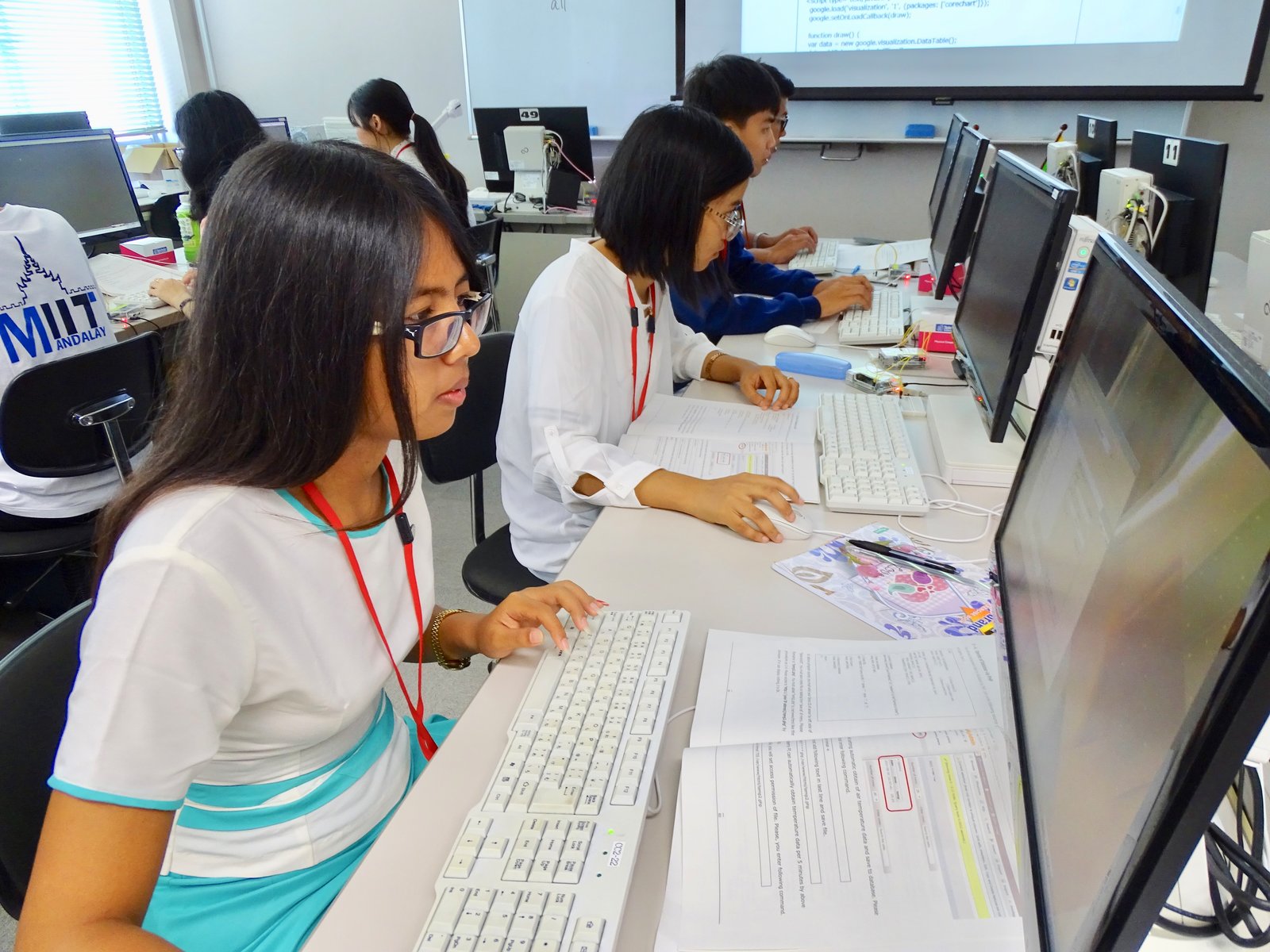
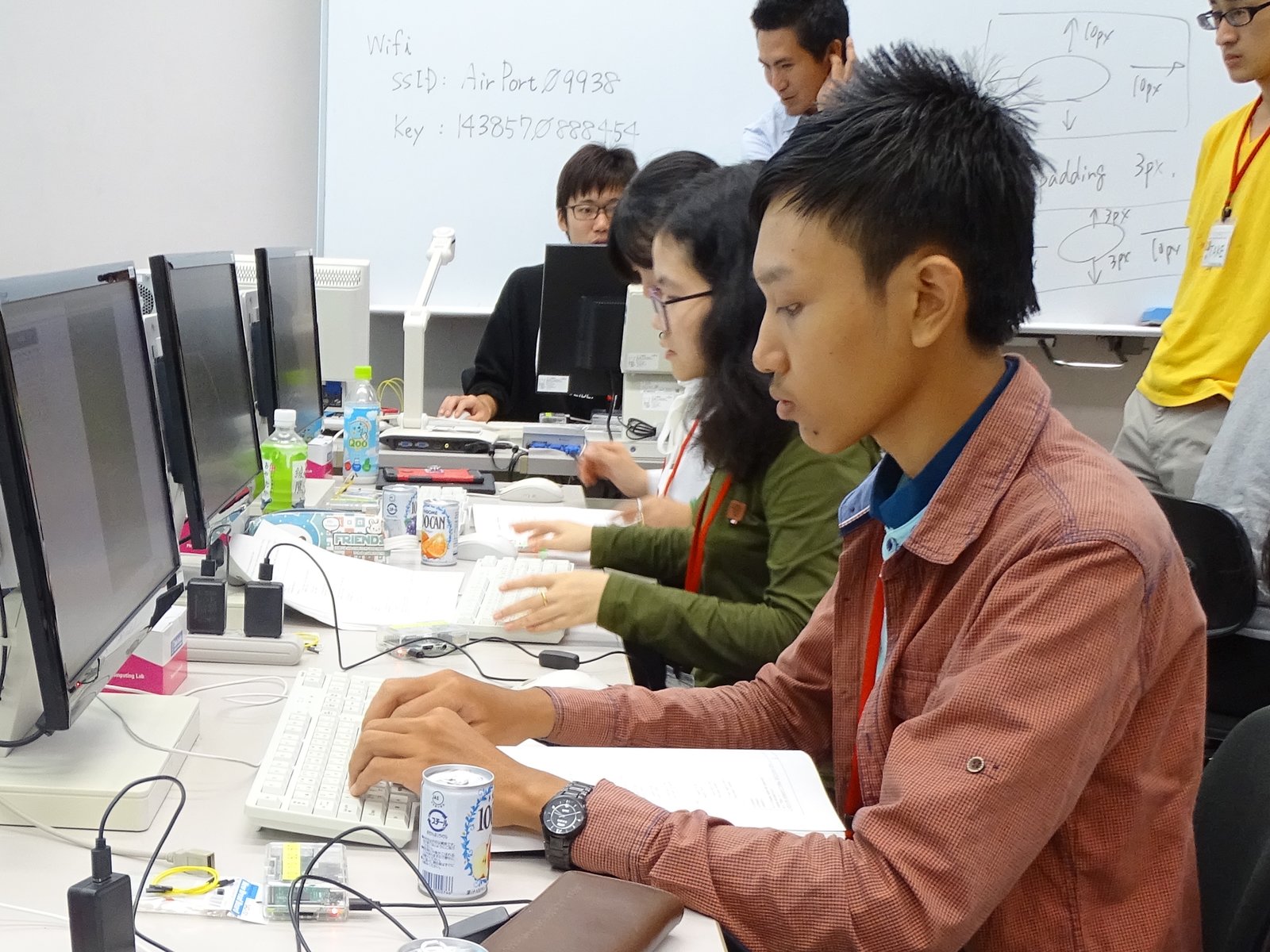
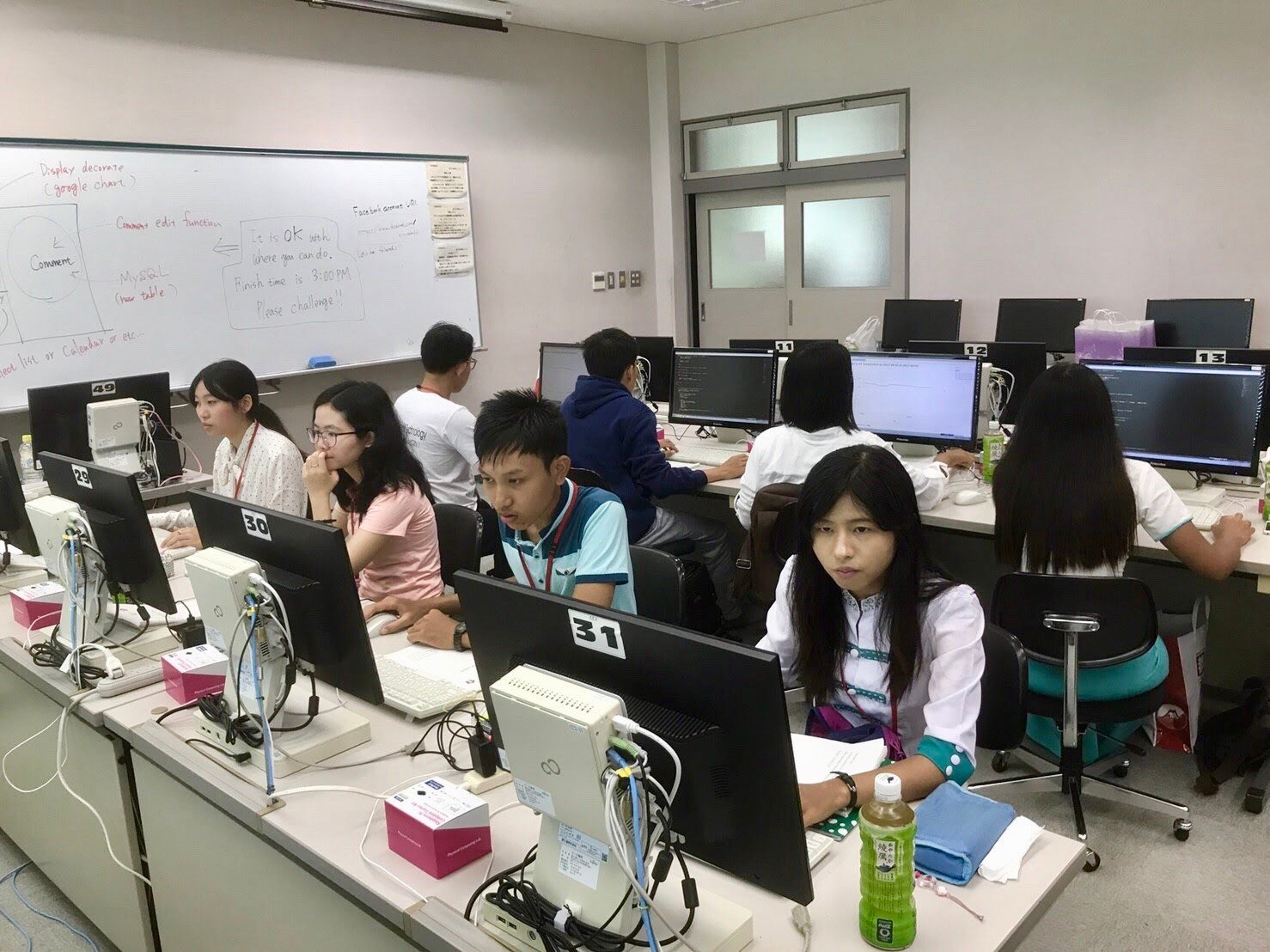
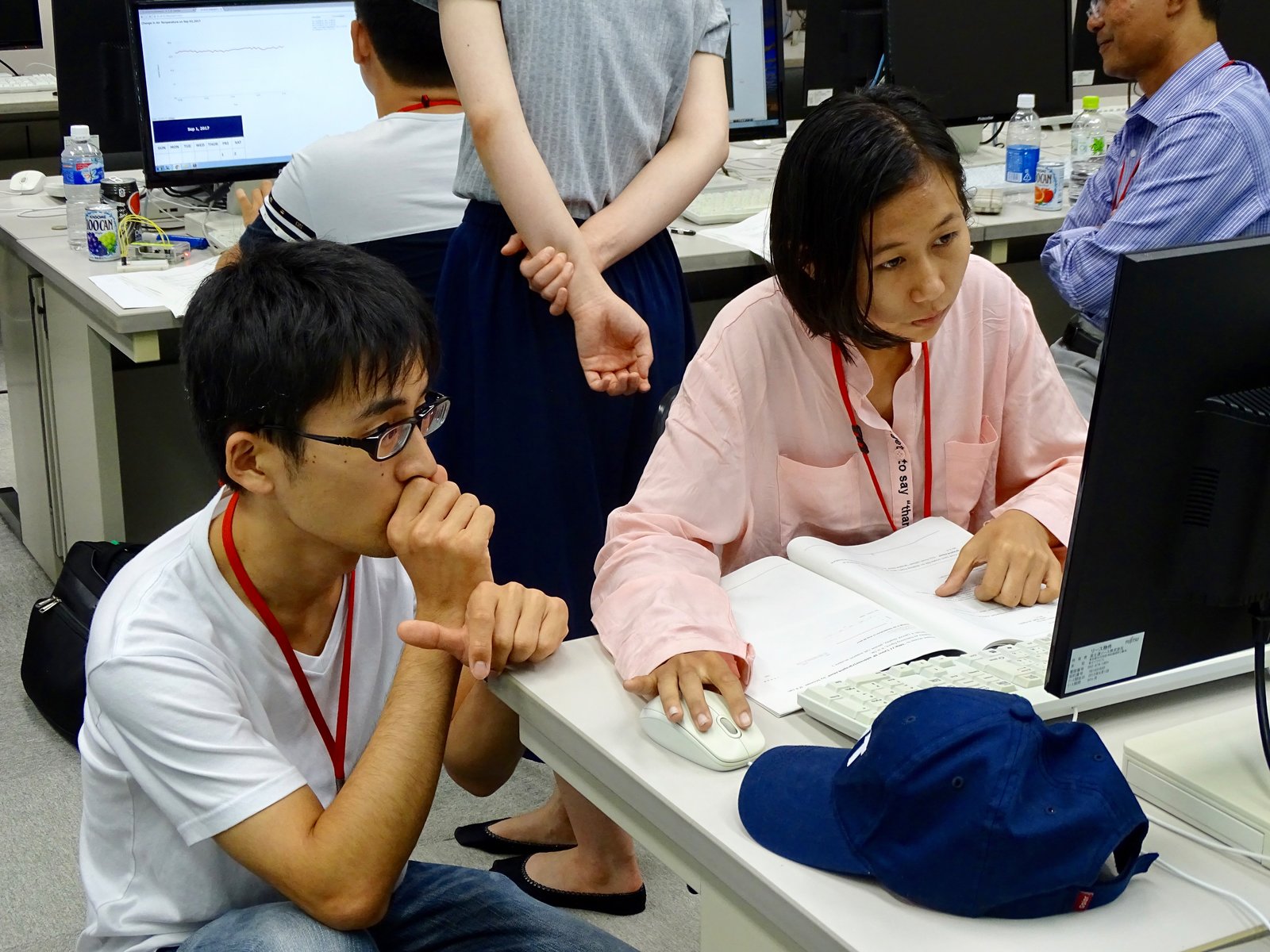
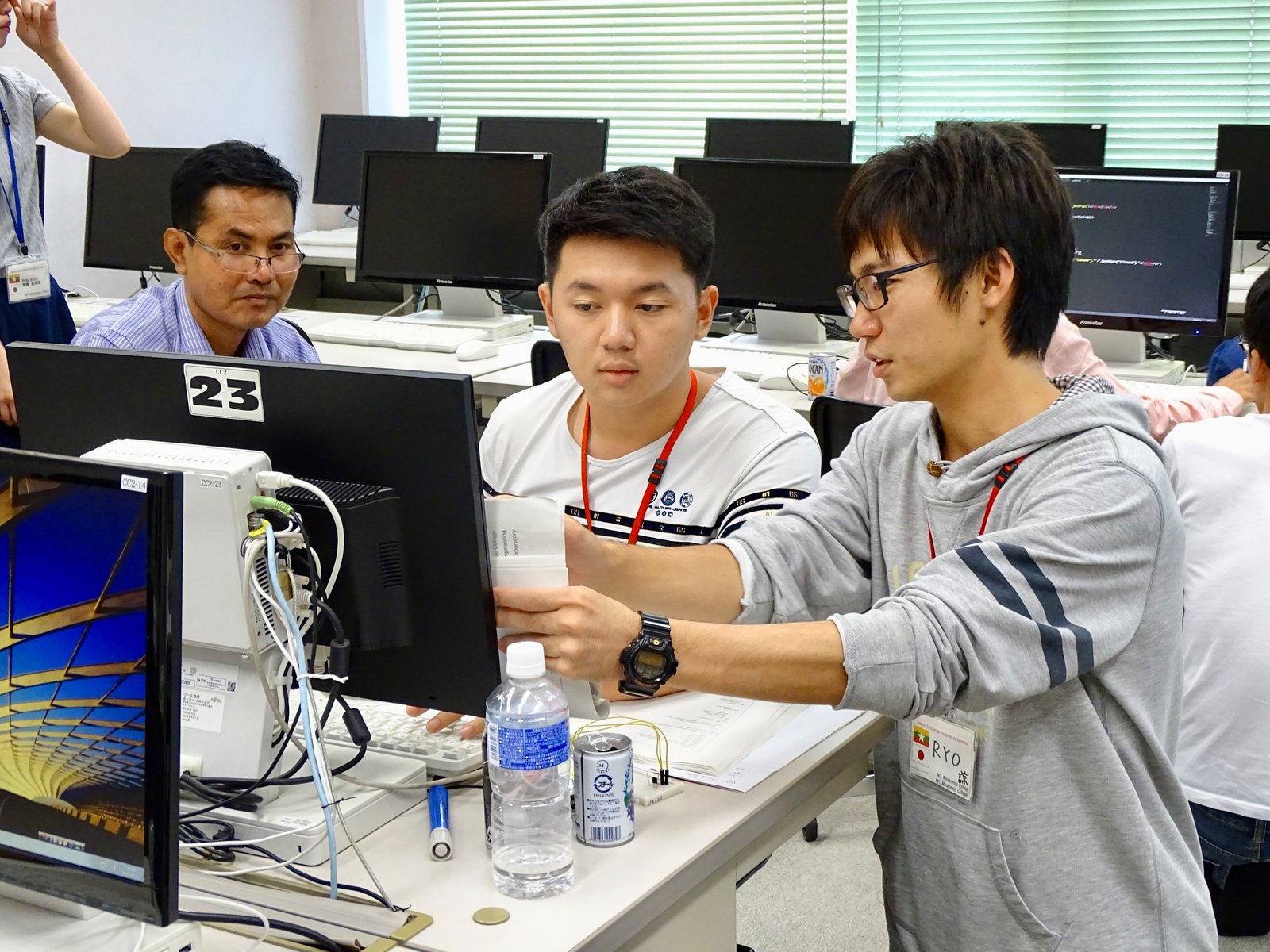
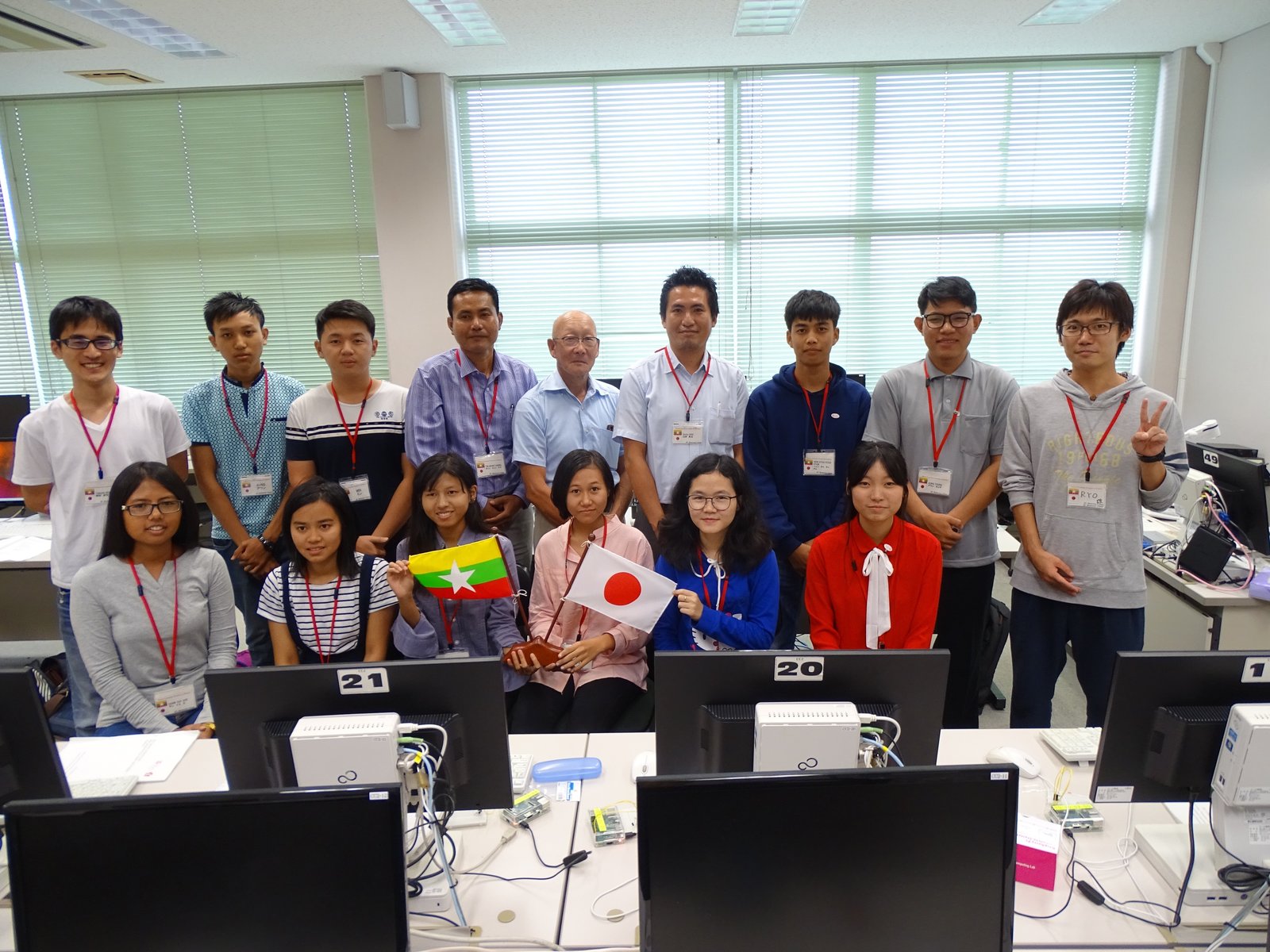
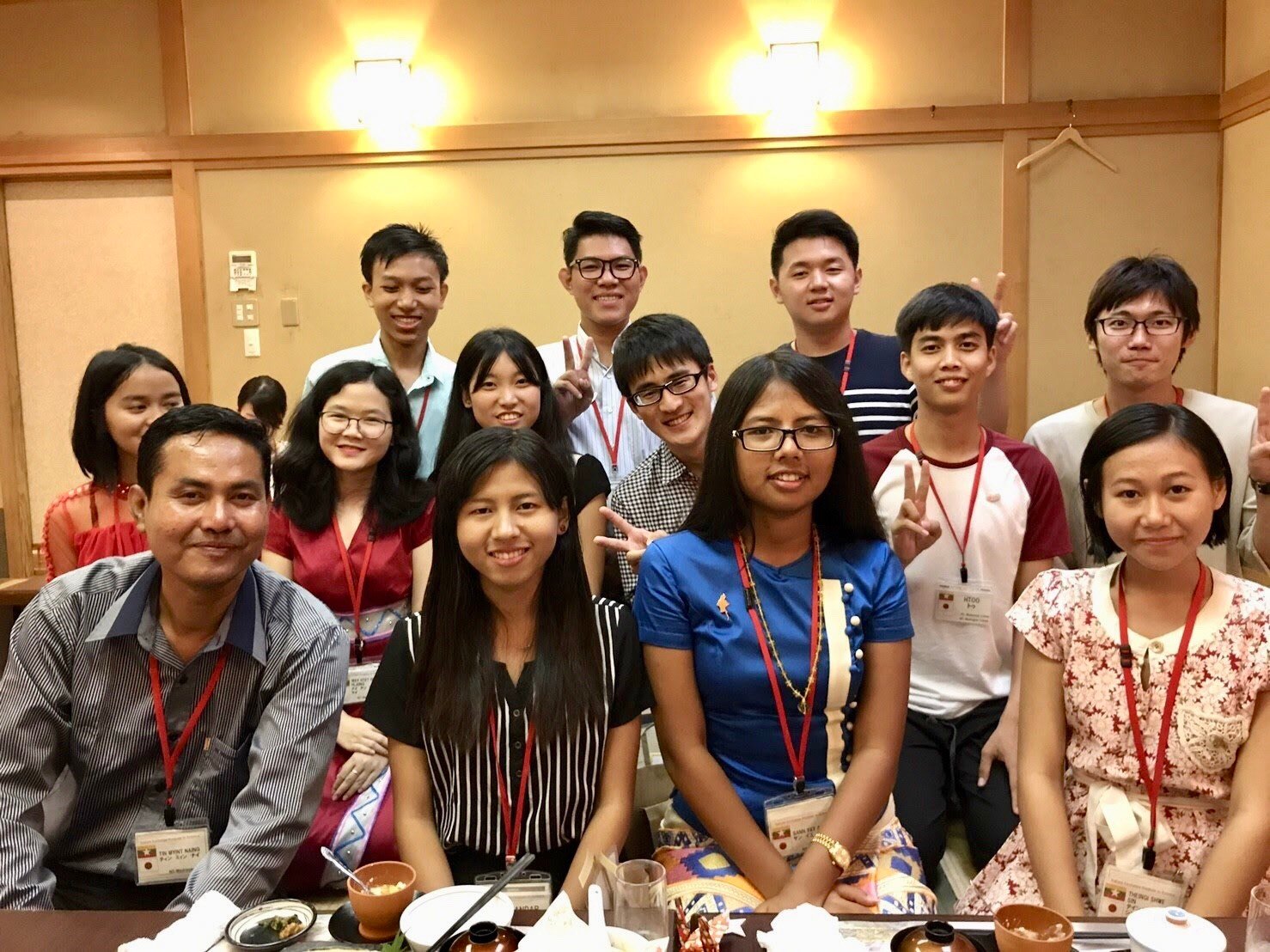
Time to learn something new
From the big cities (like Tokyo) to the small villages, we witnessed the cleanliness, the discipline, the punctuality, and the generous hospitality of the people of Japan. We could see that people from all walks of life work very hard.
A traditional Japanese tea ceremony and a drum performance were also organised as part of the cultural exchange programme. Furthermore, we played games, tried calligraphy, and paid a visit to Okimizu Junior High School. We were also served authentic Japanese cuisine. The most memorable dishes we had there were raw sushi and wasabi.

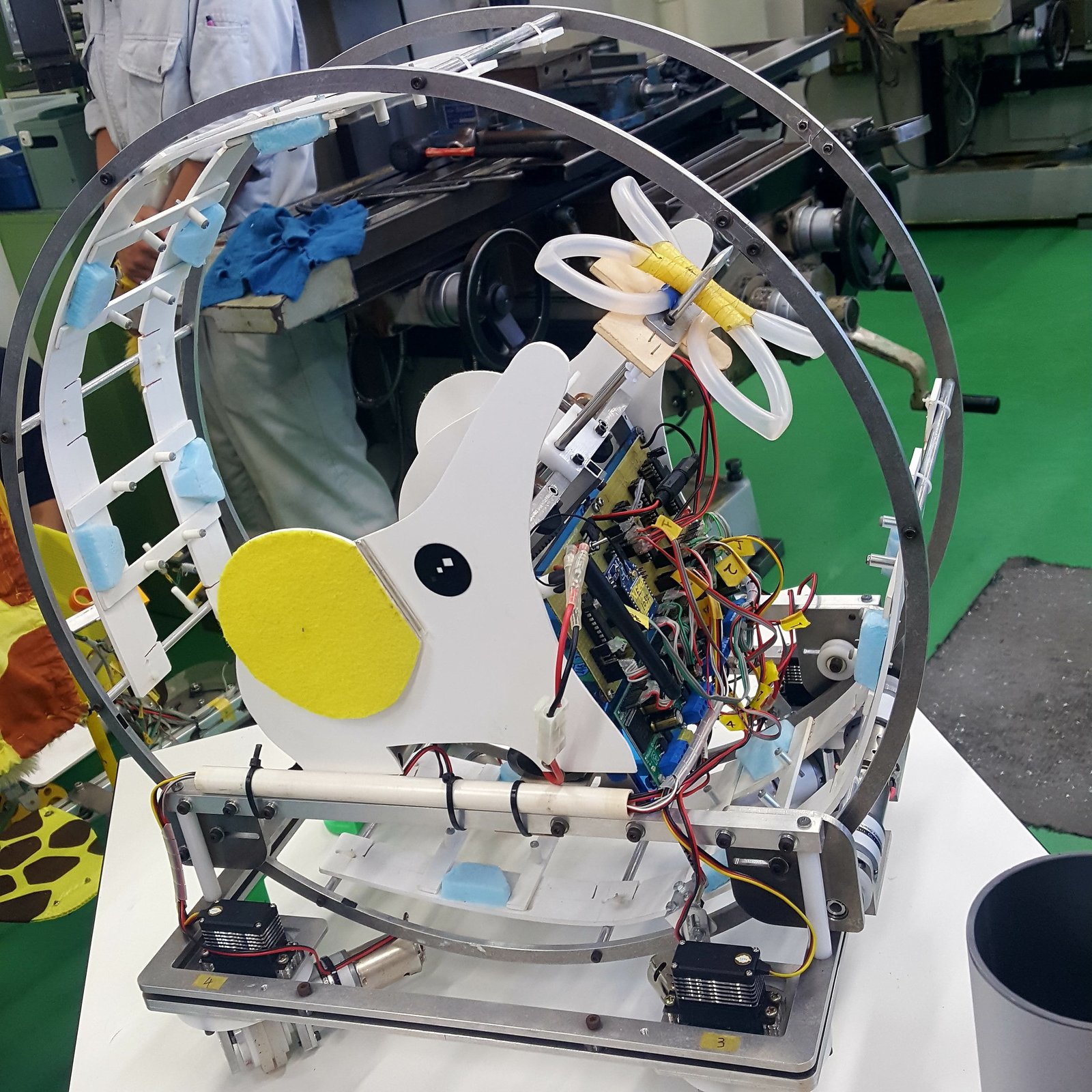
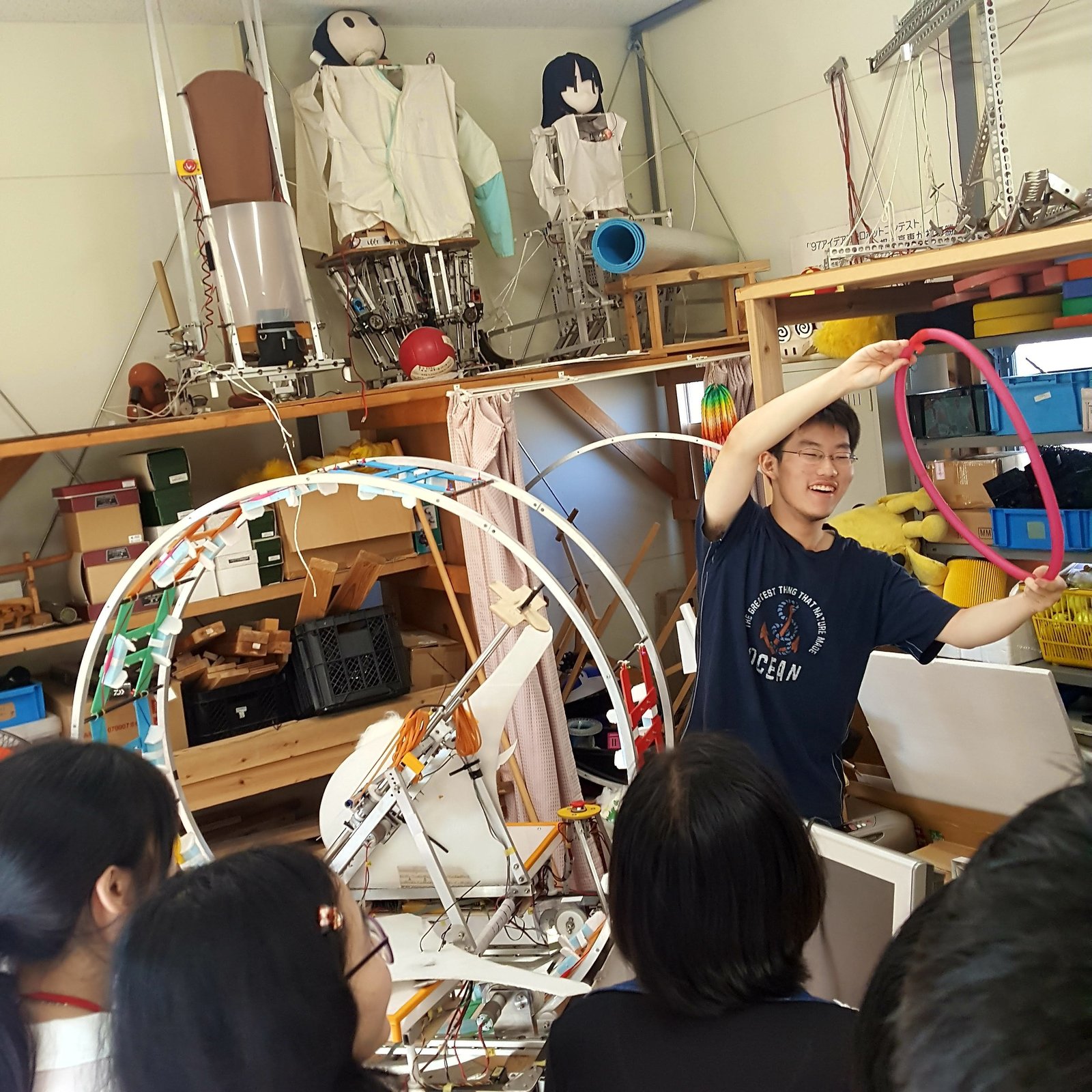
A university tour
We also visited many recreational sites, such as Obi Castle, Udo Shinto Shrine, Aoshima Island, the Sakurajima Volcano Aira, Sengan Garden, and Kagoshima City Aquarium. Unfortunately, we did not get the chance to visit Kamakura and see the University there due to the semester break. The trip to Japan helped us learn a lot of new things and gave several unforgettable memories to all of us.
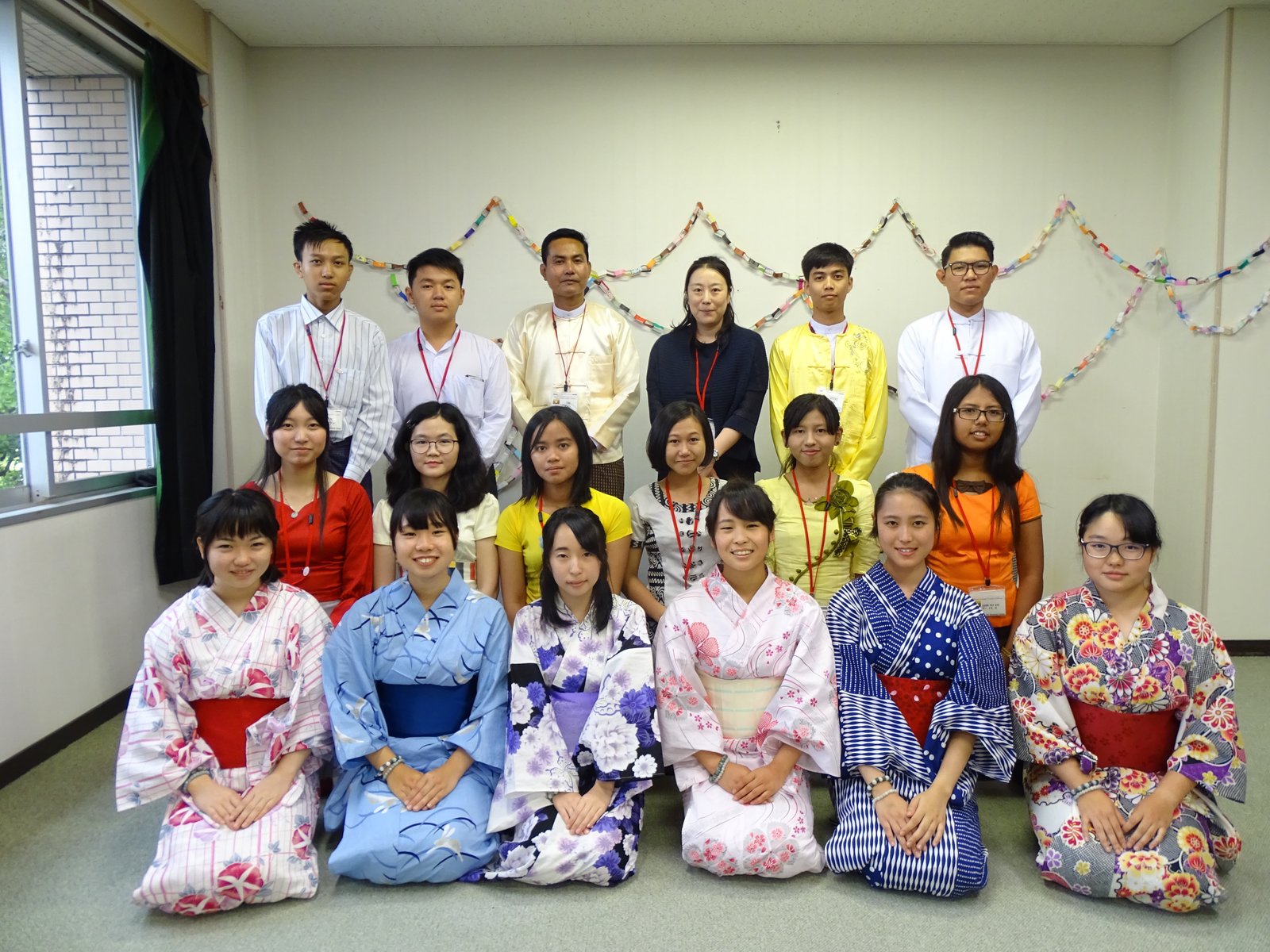
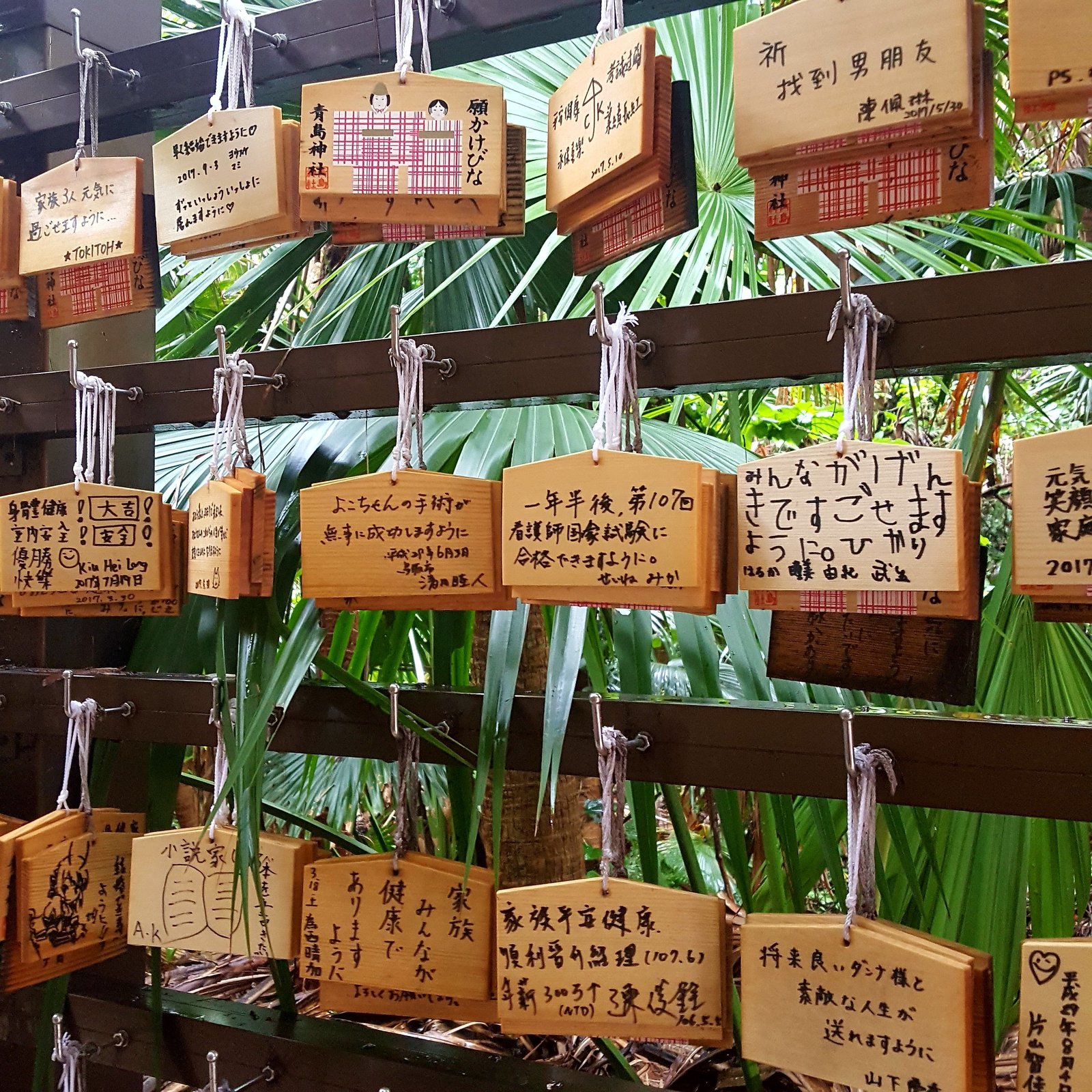
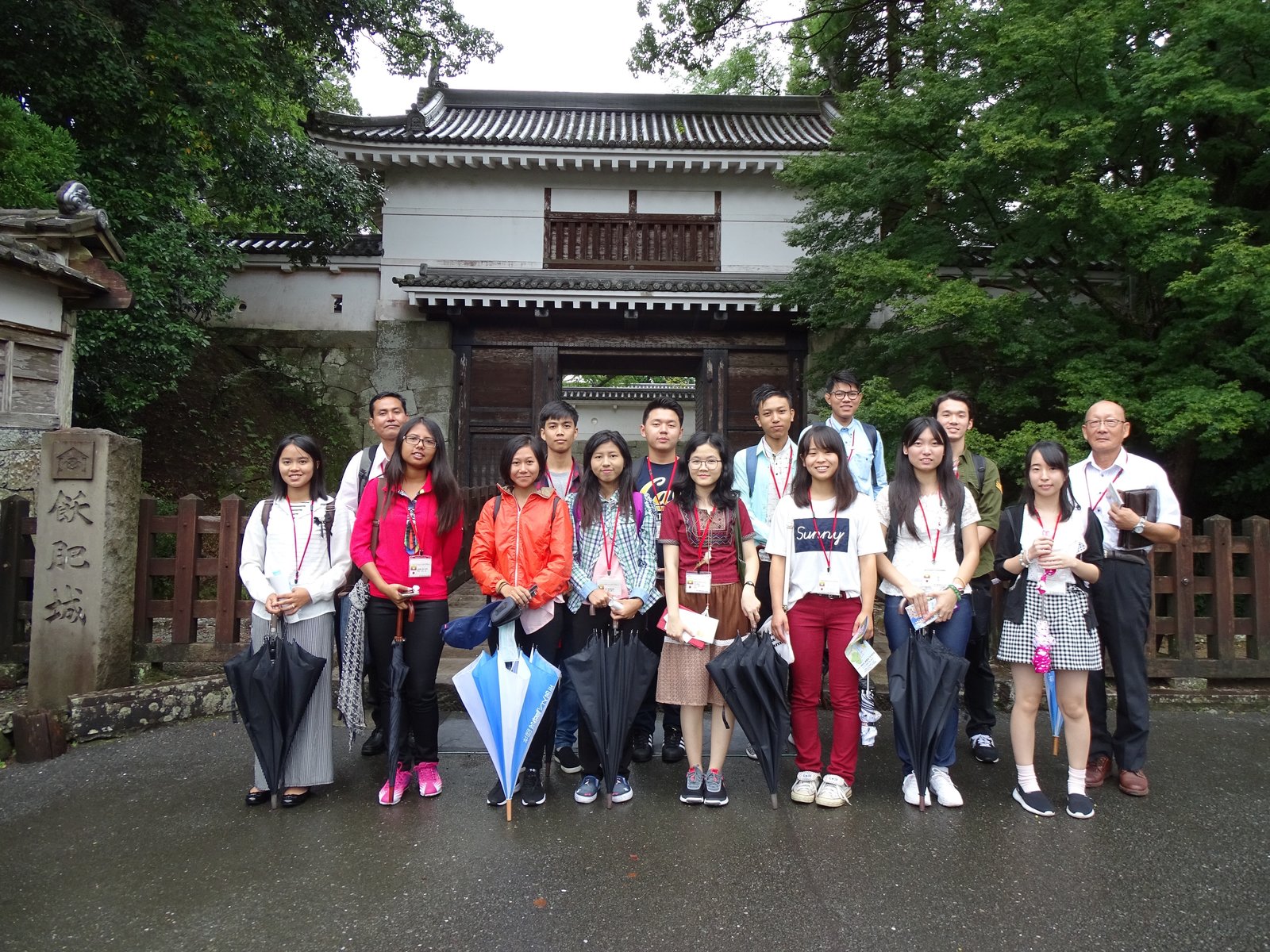
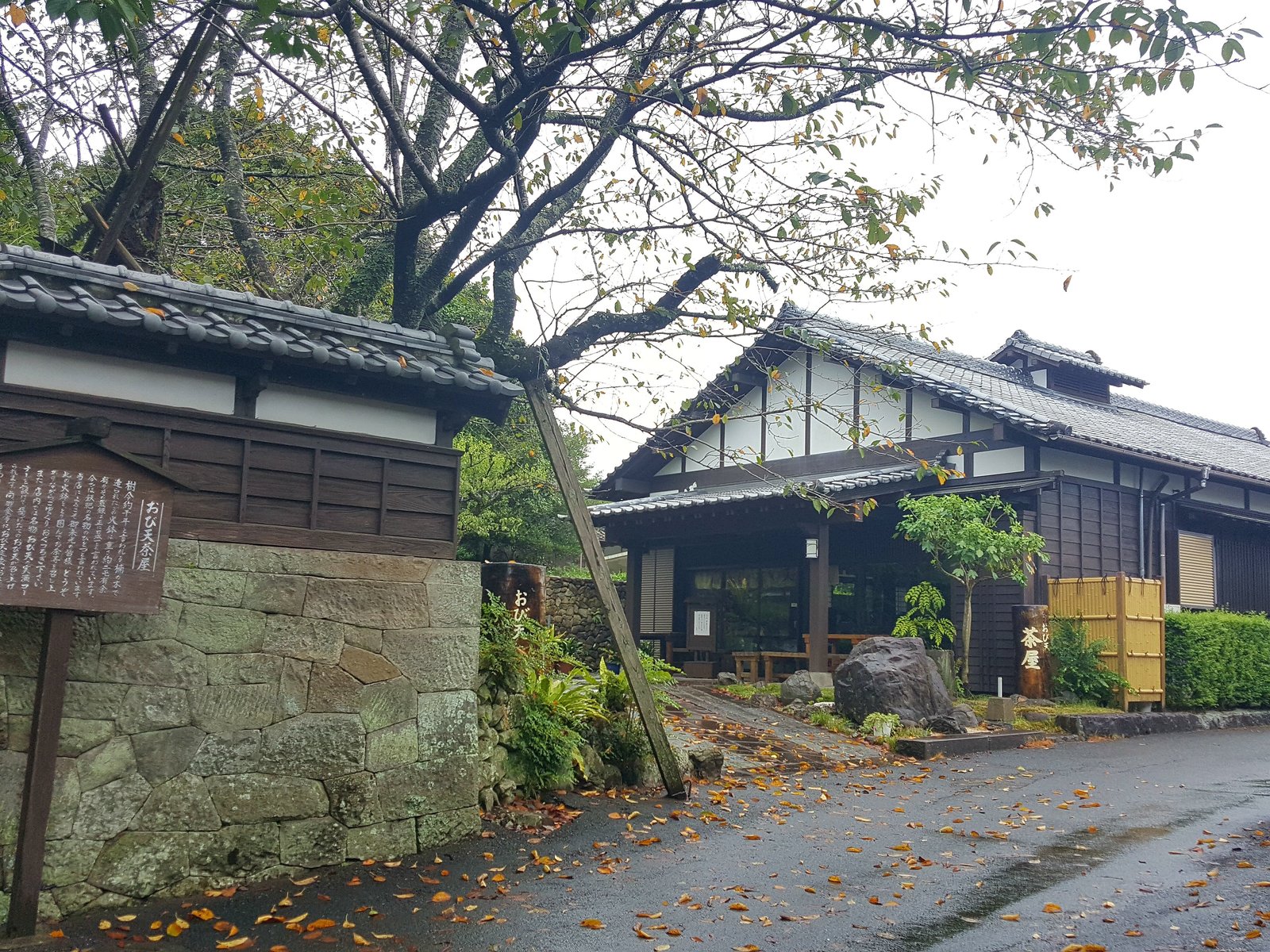
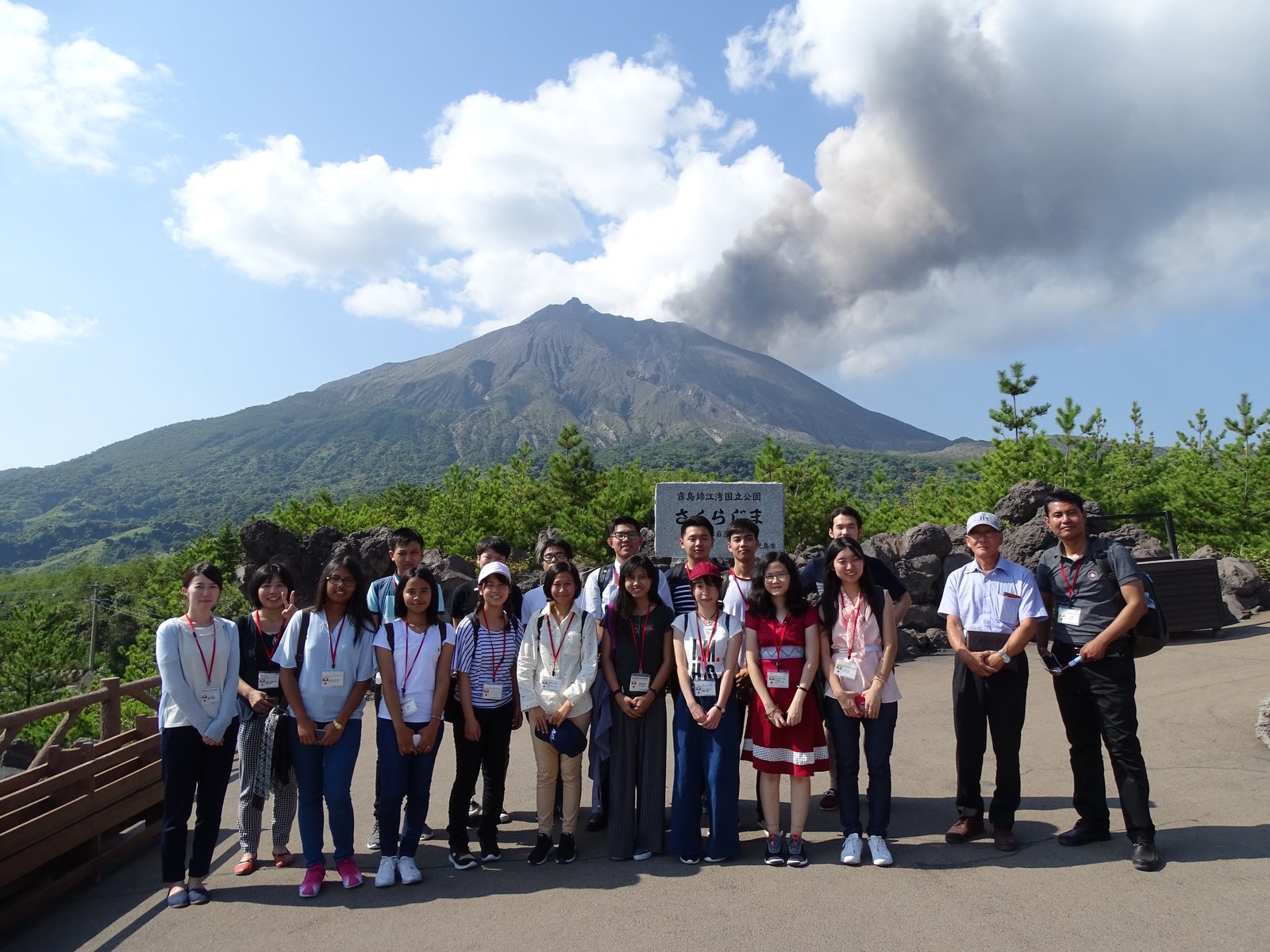
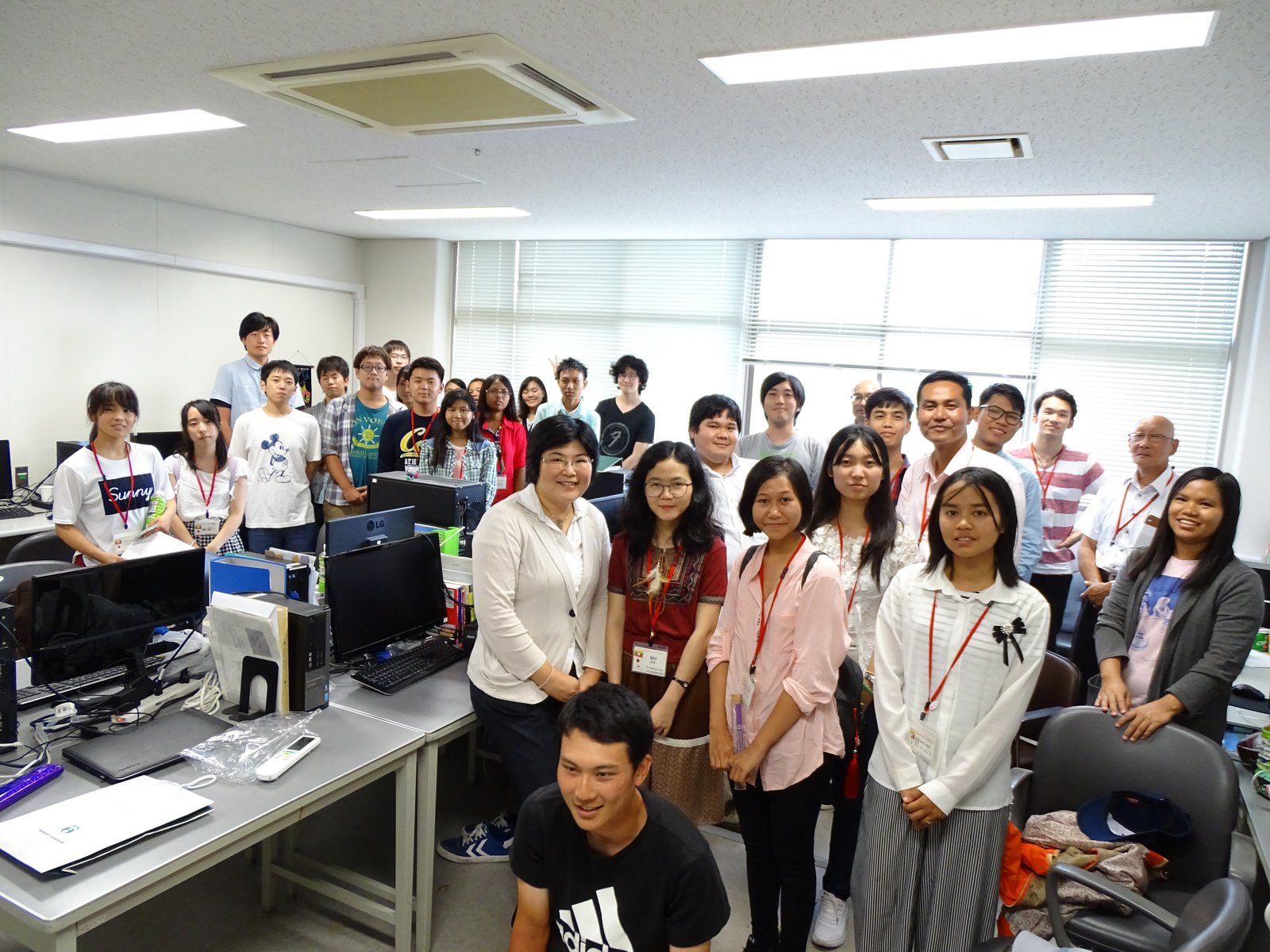
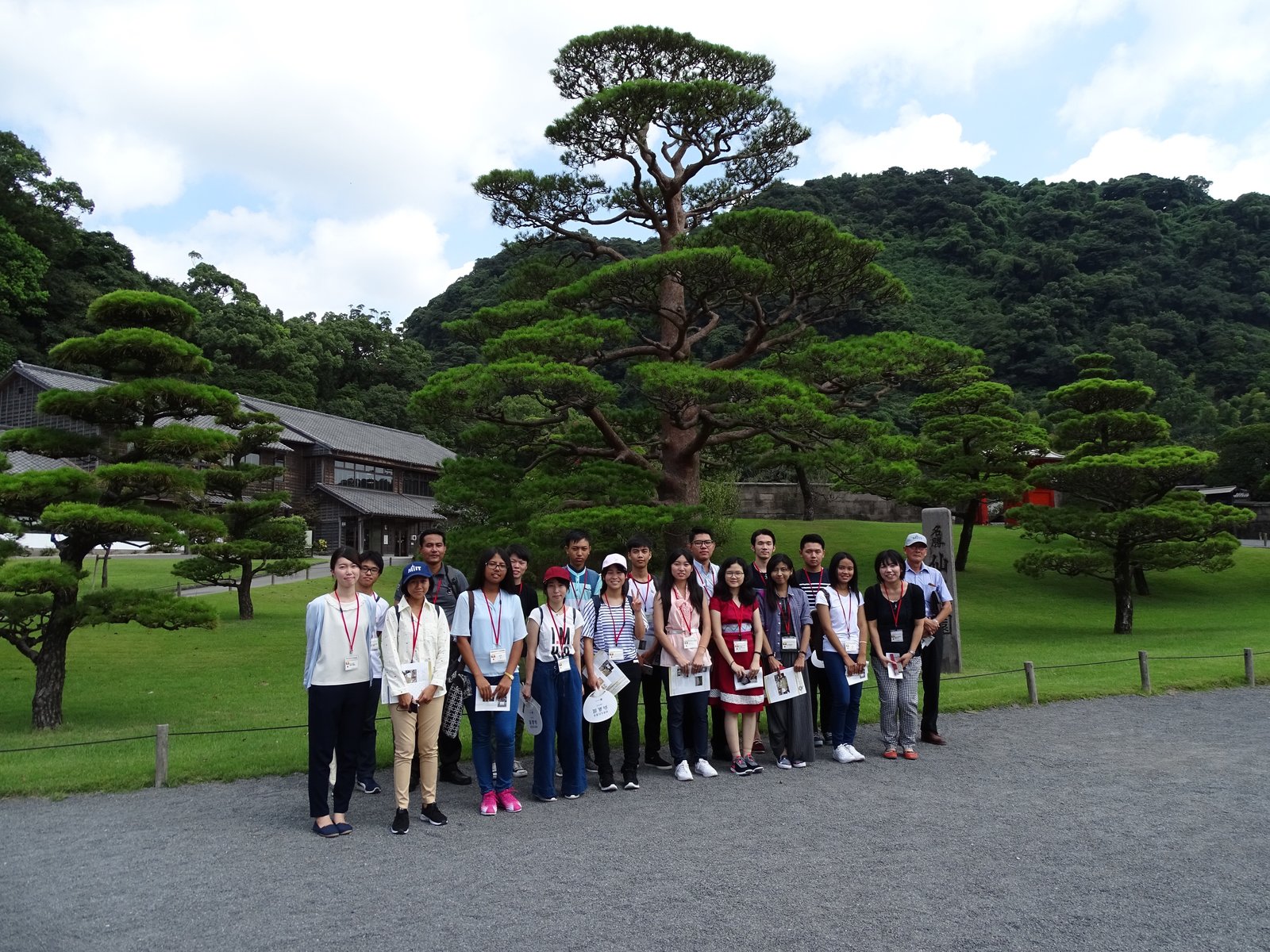
Getting to know Japan